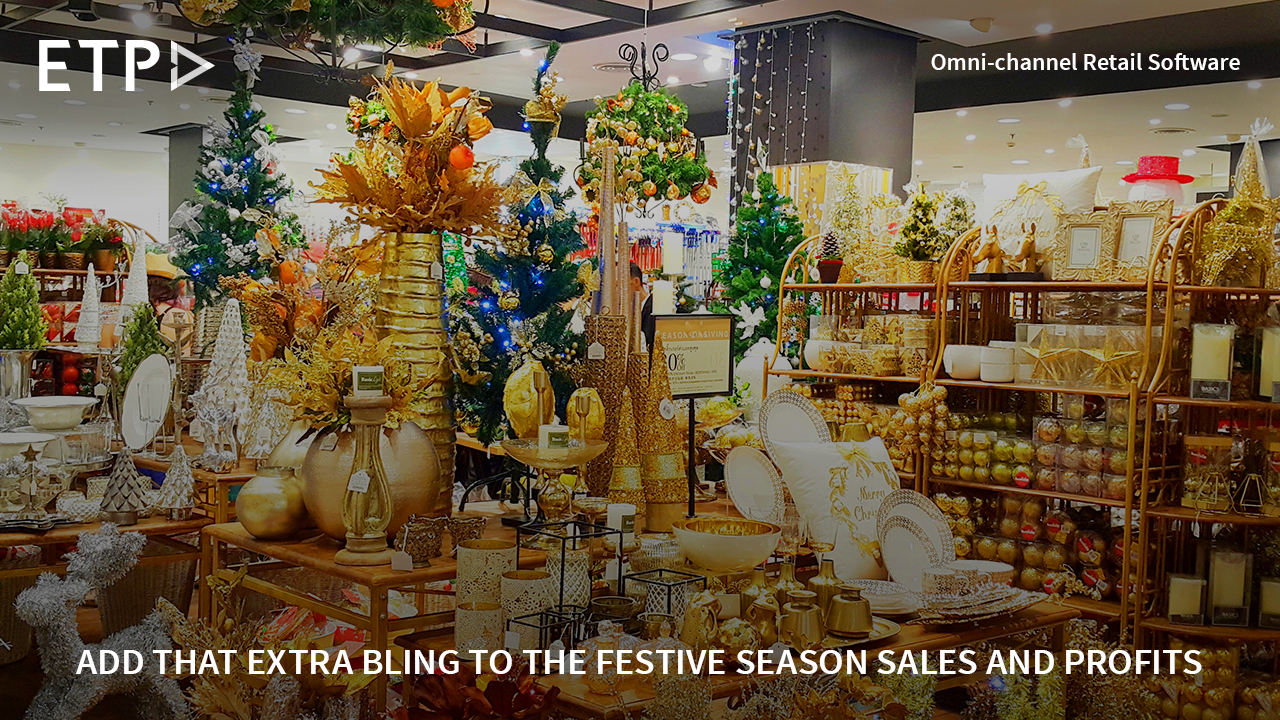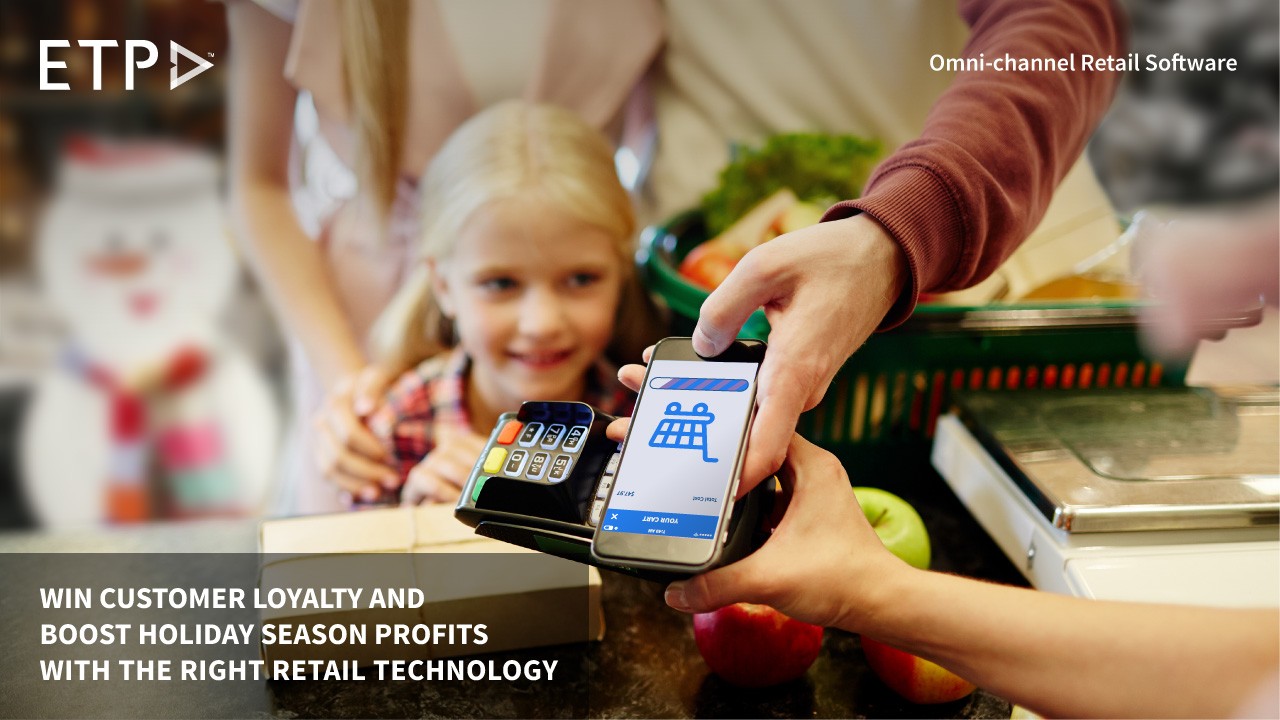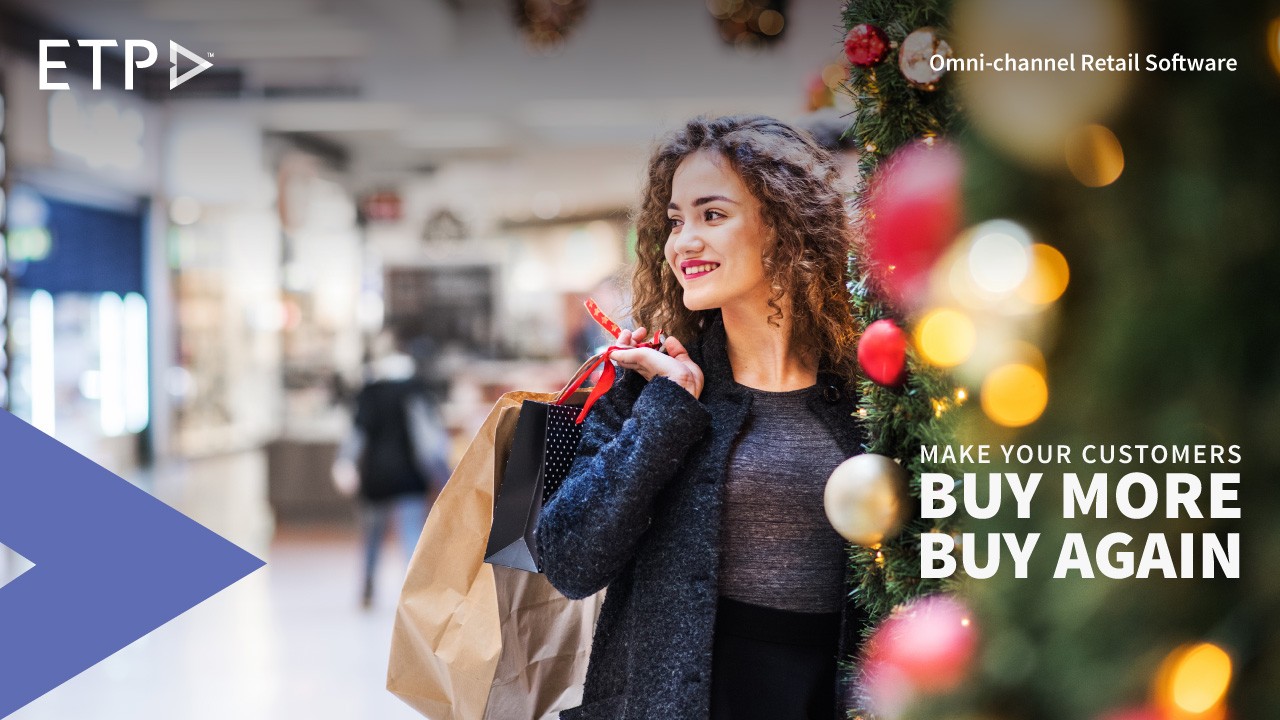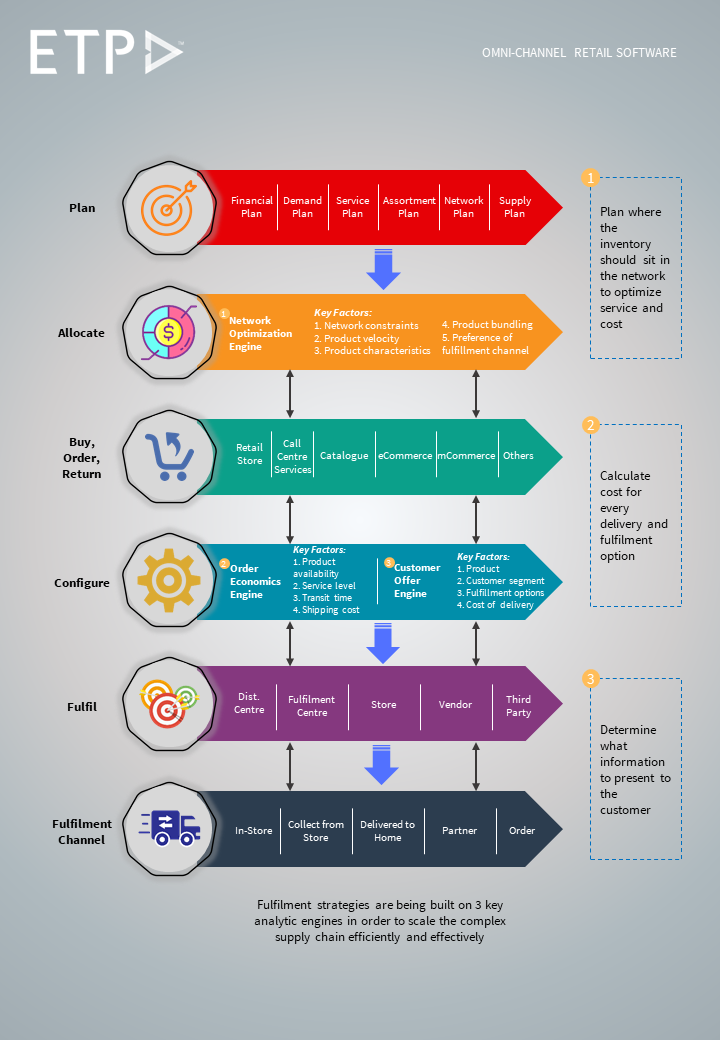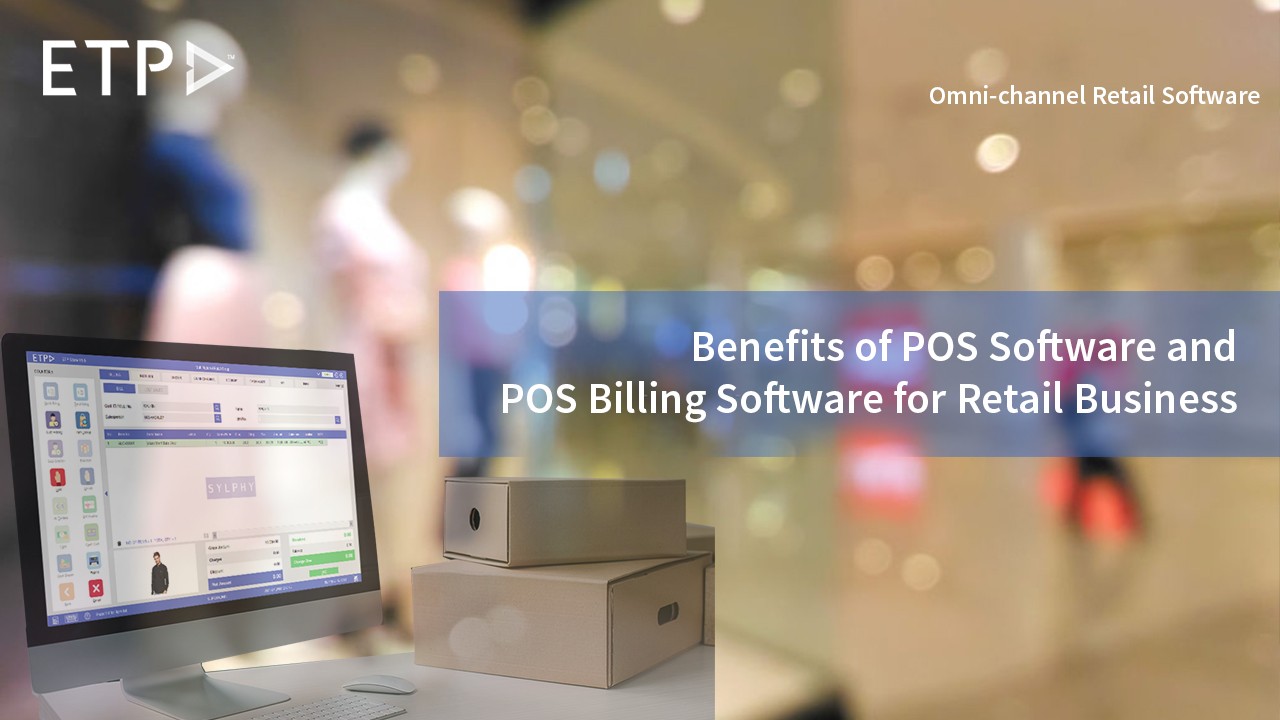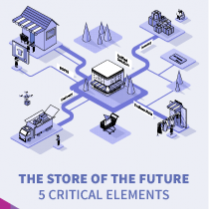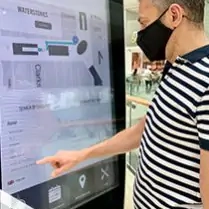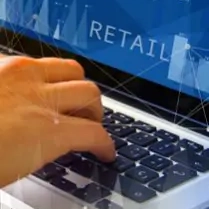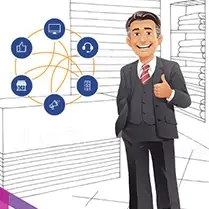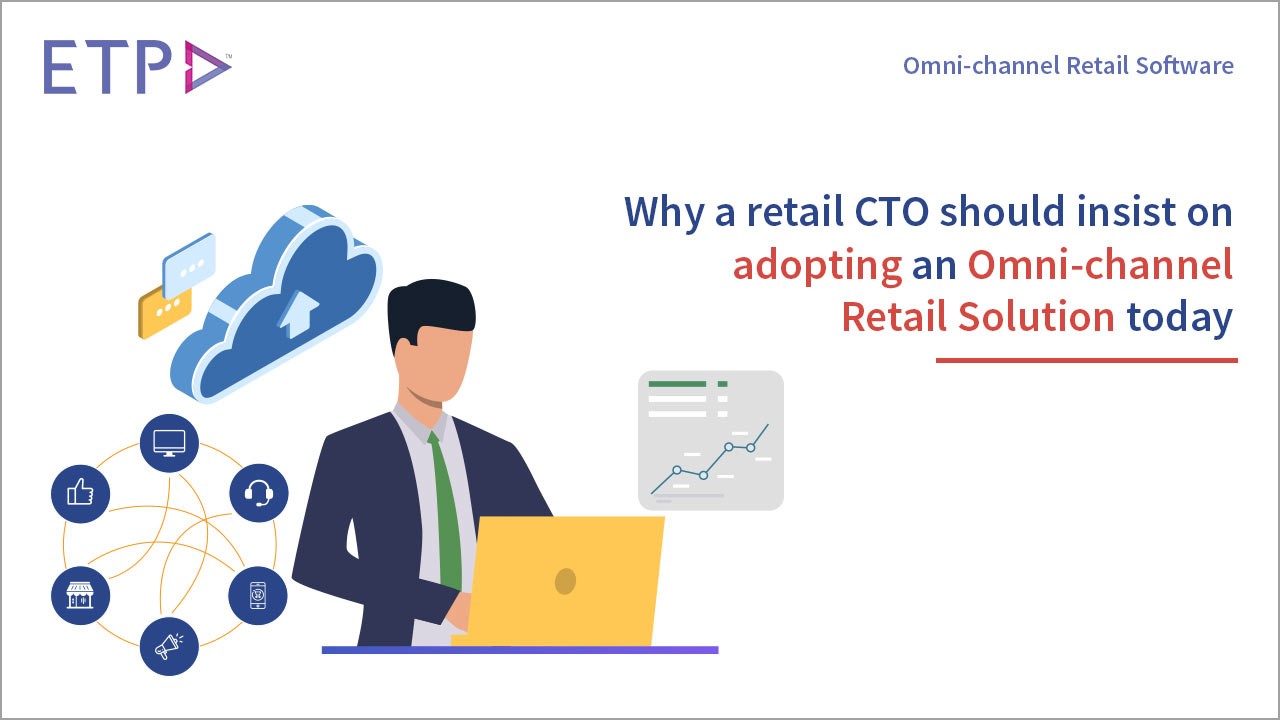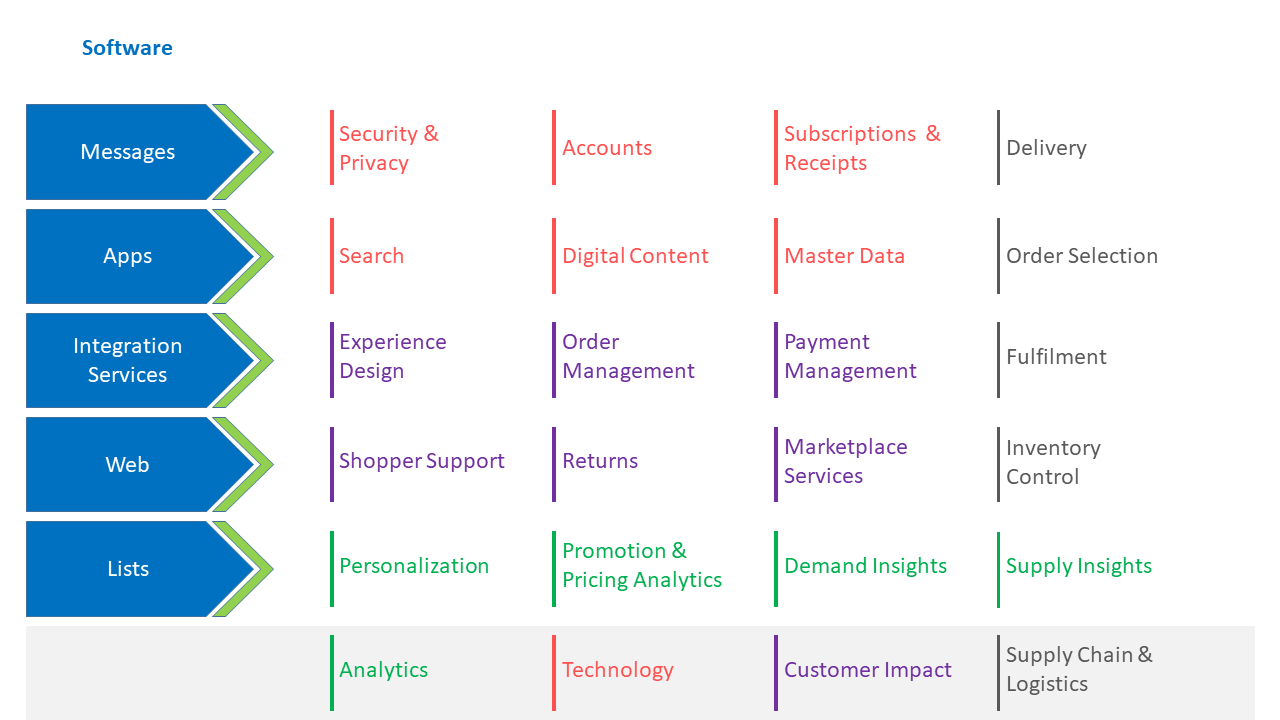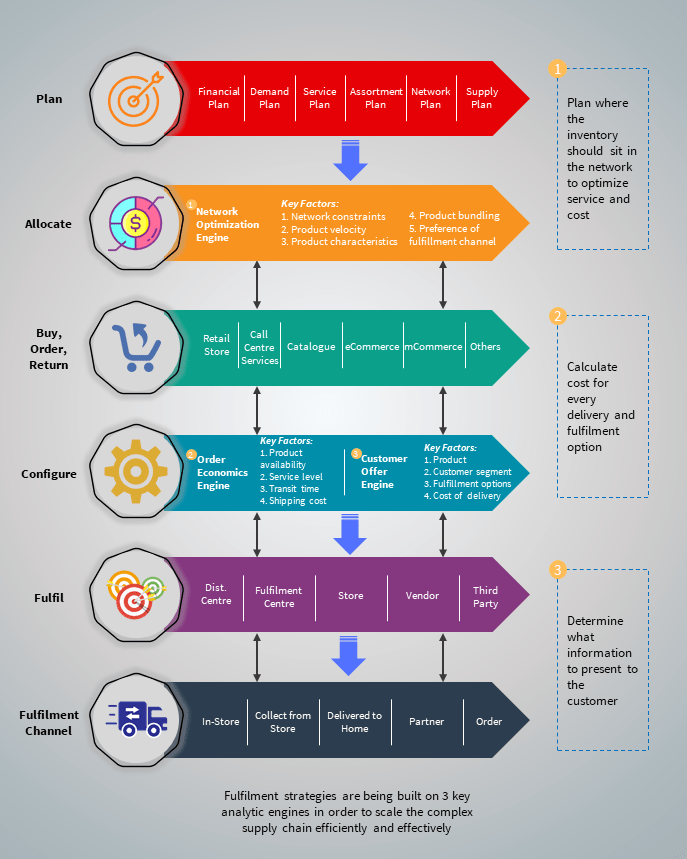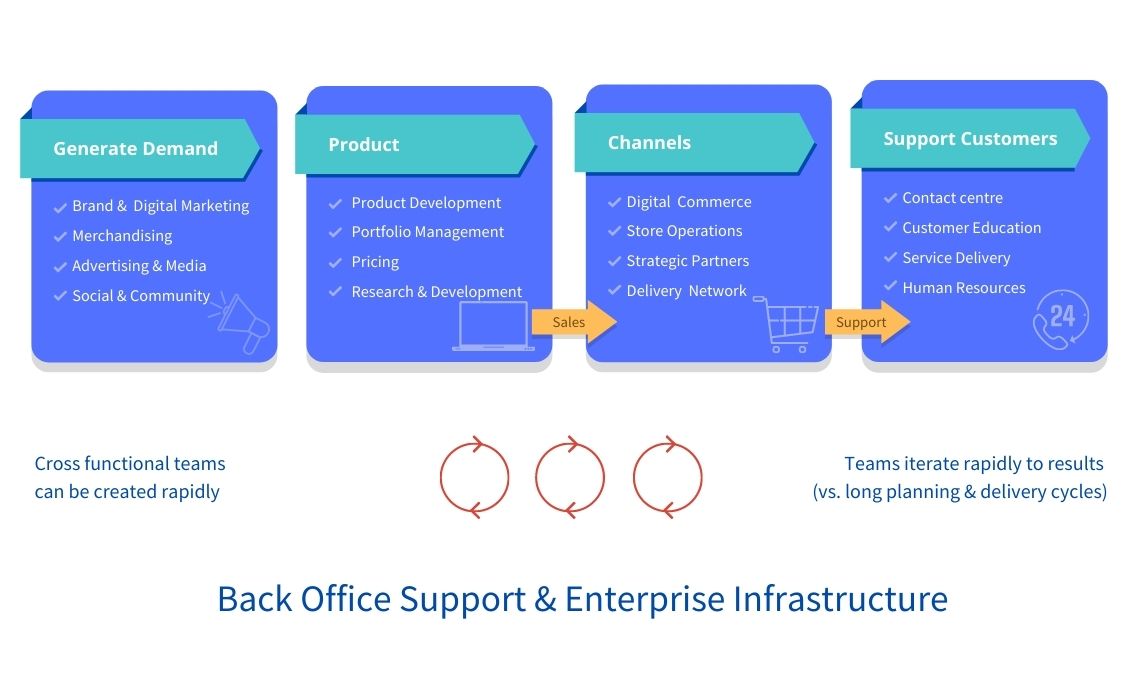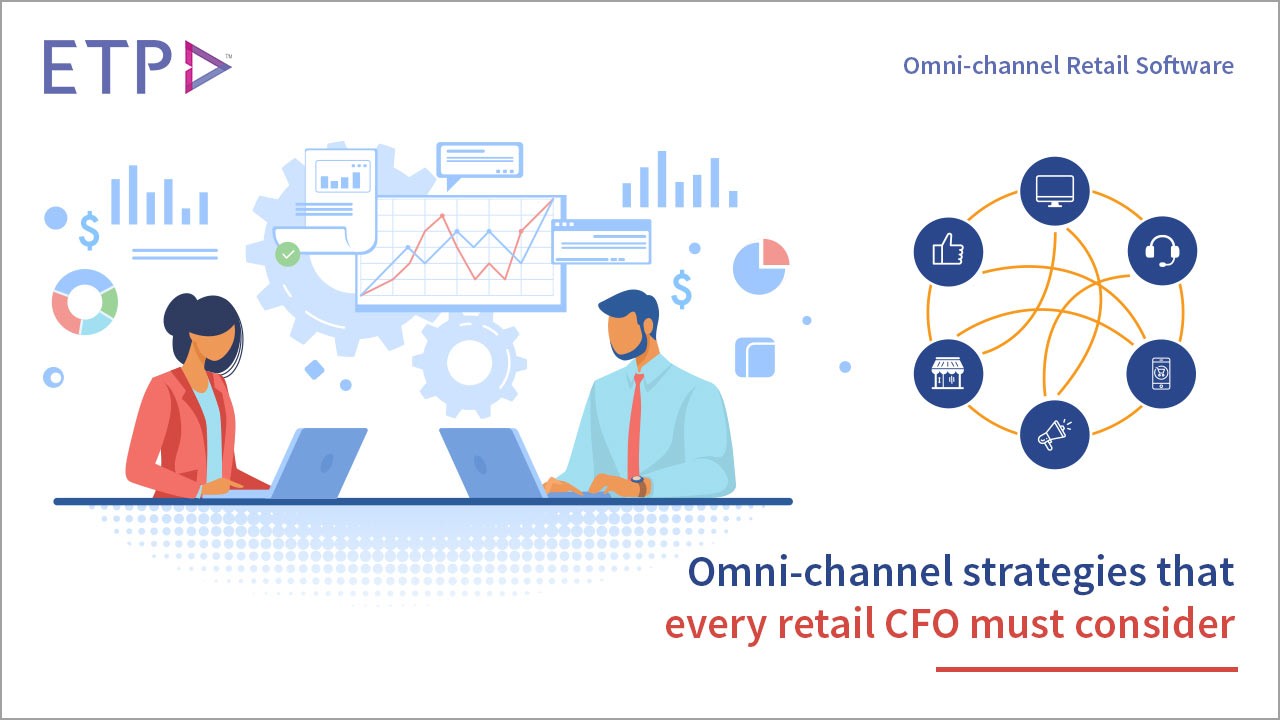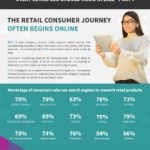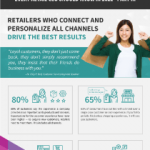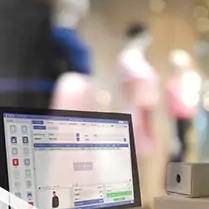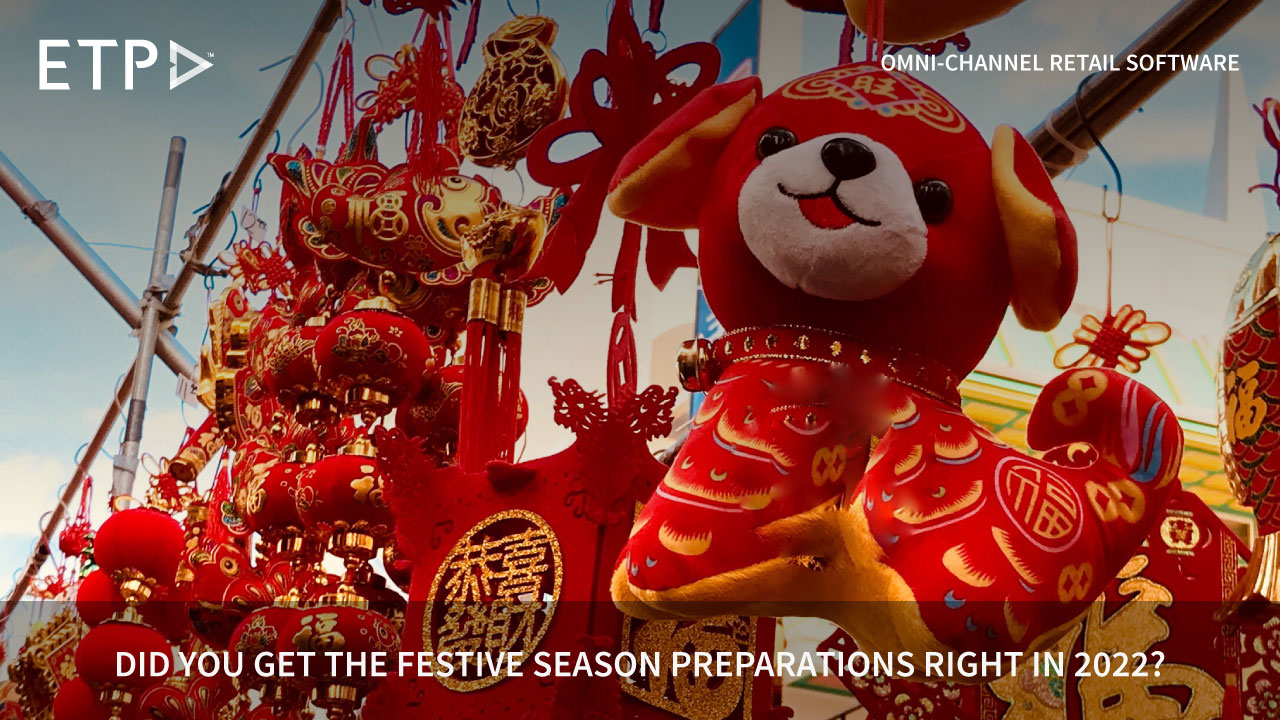
Customers are always looking for “something extra” in their shopping experiences. And particularly when they do their holiday season purchases for their loved ones, they will not think twice before switching loyalties if the experience is not up to their expectations. If you fail to provide frictionless shopping experiences, IT WILL COST YOU CUSTOMERS! 65% of consumers in a recent retail consumer survey said they’d cut ties with a brand over a single poor customer service experience.
The festive season brings a hot time for retail businesses around the world with all its holidays and preparation for celebrations. Usually, it starts during mid-to-late October with festive occasions such as Halloween (10/31) and Diwali (early November; in the Indian subcontinent), scales up on Single’s Day (11/11), peaks during Thanksgiving Day, Black Friday, Hanukkah, and Cyber Monday (last week of November) and then continues through Christmas (12/25), and New Year (12/35), finally culminating with the Chinese New Year (late Jan – mid-Feb) every year.
According to a multinational professional audit and consulting services firm, the shopping activity will be 7-9% higher than in 2020 during the November to January timeframe this year. Total sales are expected at $1.28 to $1.3 trillion. The e-commerce sales specifically are expected to demonstrate 11-15% year-over-year growth during the 2022-2023 holiday season. It means online stores can count on total sales between $210 and $218 billion this festive season.
With many consumers still trying to avoid exposure to the COVID-19 variants, an overwhelming majority of retail consumers start their journey online with almost 80-85% of retail shoppers conducting their holiday shopping research online, from the safety of their homes, before buying. The festive season gives a chance for online stores to significantly increase their sales, revenue, and profit numbers. By making a few smart moves, retailers can take advantage of the surge of holiday traffic – and start making more sales! It is an extraordinary opportunity for eCommerce businesses to achieve great profits, which is why it is important to keep up with the demand and provide customers with an amazing, seamless shopping experience.
But if you don’t take the right steps to prepare for the holidays, they can turn into a disaster. Site downtime, loading issues, payment problems, delayed deliveries, and more could plague your store, and damage your reputation and your sales. Each year, you will find some retailers that do it very well — and some retailers miss the mark completely. This year too, there would have been winners and losers this holiday season!
So, what mistakes did you avoid when preparing your physical or eCommerce stores for the holidays in 2022?
- Did you have trained store staff armed with the right tech ready to welcome back customers in your physical stores?
- Did you have all your marketing tools in place?
- Were your integrations sound and robust, ready for the busy period?
- How was your data looking? Was there any customer information you need to collect for your holiday marketing?
Let’s take a look at the top 6 most common holiday sales preparations that retailers should get right up front. Super, if you got all 6 of them ticked in 2022 already. But if not, preparations for the festive shopping season 2022-23 are merely six months away. Start early and get them right next year –
- Prep your physical stores and make them shopper safe and friendly
Consumers expect that a shop will help them during the buying process when online stores are overflowed with holiday offers. Customers may additionally have confusion in shopping process details, they may have doubts regarding the product, etc. Hence, it is of prime importance to have trained store staff ready in-stores to be able to offer the shoppers a pleasant shopping experience. With increased crowds during the holiday season, the store staff needs to be trained to not only be quick in their service and checkout, but also for them to be good in their product knowledge so that they are able to assist customers promptly. The knowledge will help the store to be more efficient in tending to customers’ queries and improving their shopping experience. This in turn helps to manage the crowd and allows the store to serve more customers within a shorter amount of time, decreasing the wait time for customers waiting to enter the store.
Retailers that adequately staff up and strike the right balance of enforcing COVID-19 protocols while also creating a stress-free experience for customers win the holiday season.
- Use shopper data from the previous years to build promotions and create a buzz
Customer buying history across channels accumulated in an Omni-channel Retail CRM over a sufficient period of time serves as input to the promotions planning engine, enabling you to easily define business rules and roll out promotions specific to customer segments, making their relationship with you a personalized experience.
These promotions can be defined for a specific range of merchandise or for a specific time frame or for a specific channel or store and can be executed based on various parameters like customer age, gender, birth dates, demographics, ticket size, RFM (recency-frequency-monetary value) and more. This will give the retail marketing team the flexibility to run a wide range of campaigns to grow business with loyal customers and to increase same-store sales. It is important to be able to run a large volume of business and yet be able to make your customers feel special every time they interact with you.
- Be prepared for a surge in holiday traffic
Surges in traffic, both online and offline, are good if you’re prepared for them. But if you’re not, they can cause performance issues that may cost you sales and maybe even loyal customers. As part of the retail ecosystem, we’ve all been there at some point or the other. A holiday sale leads to a surge in traffic. All of a sudden, your loyalty program or inventory management system or the payment processor fails, your e-commerce pages start loading slowly, or your website starts to crash because it can’t handle the traffic.
Make sure that your web host allows you to scale up your website quickly if you need to – add more capacity so that you can keep your site running even if you encounter an unexpectedly high surge in traffic. You should also look for a robust, stable POS system that allows to view and manage customer data and store inventory easily. Newer retail solutions such as an mPOS (mobile POS) prove extremely useful in busting checkout queues and handling surges in in-store traffic.
- Plan your merchandise and make sure that you’re fully stocked on your inventory
When shopping online more than 65% of clients will delete the item or drop their whole order if they see the out-of-stock sign. Nobody likes to shop for an item and add it to their cart only to find out that it’s out-of-stock, not the right fit, or back-ordered. Before the holidays start, you need to think through your merchandising approach and make sure that you’re fully stocked on your most popular items. Plan for sufficient buffer stock to meet the targeted sales volume for the season. Keep the warehouse inventory handy and the display amply stocked so that customers feel spoilt for choice. With Endless Aisle functionality, such as the one offered by ETP Omni-channel Retail Solutions you can easily view the entire inventory available at nearby stores, online/virtual locations, and your warehouses and assist the customer to order from there thus avoiding a stockout/lost sale situation.
Sure, a few stockouts are still inevitable. But by using the data you’ve gathered about your products during the rest of the year, you should be able to predict which ones will be the most popular throughout the holidays and stock up accordingly.
- Using the right order management system, fulfill 100% of your deliveries on time
Once a customer clicks the “Buy” button, their order’s journey begins. New orders are placed on your eCommerce platform, then whoever is managing your inventory has to select, package, and ship the right products to the right place. This might not seem too hard when you have a brand new business: A few orders come in each day and you can quickly (and cheaply) fulfill them yourself. No problem. Potential obstacles can arise, however, as sales grow, channels multiply, products are added to your inventory, and your customer base expands.
The right order management system can help remove bottlenecks for you as your eCommerce store grows. It is a one-stop-shop to view and manage all customer orders in one place. Order information is passed between your order management system and your eCommerce platform while providing you with visibility into the entire process. This can help automate the flow of sales order information to every piece of the retail supply chain. You can track the entire journey of a customer order, from the “Buy” button to delivery — and even returns. An efficient order management system organizes and automates everything that needs to happen to get customers what they ordered on time and in good condition.
- Go Omni-channel and complete the digital upheaval of your business
Omni-channel retailing is a consumer-centric approach that refers to the adoption of strategies, a variety of engagement tools, and a seamless approach to the consumer experience through all accessible shopping channels. This not only helps organizations to centralize their business operations and implement infrastructure changes but also enables them to provide a consistent experience to attract and retain customers, thus driving greater sales.
ETP is enabling brick and mortar retailers to embrace unified commerce and drive their brands and customer relationships in a seamless manner. ETP V5 Omni-channel Retail Solutions enable you to deliver a unified omni-channel experience with retail digital transformation features such as Buy Online Pickup In-Store (BOPIS), Reserve Online Pickup In-Store (ROPIS), Click and Collect, Click and Deliver, Endless Aisle, Buy Online Return In-Store (BORIS) as well as a holistic view of the inventory and a single view of customers across all channels. This is done using real-time integration of ETP’s POS, CRM, and Promotions engine with webstores and marketplaces using ETP Connect’s secured web services framework, which has the ability to see and manage order flows easily.
In addition to trained store staff, attractive discounts and loyalty programs, and multiple delivery options, what is it that you need to proactively be ready to offer your customers when they shop with you during the festive season? Browse through our 9 tips that add the extra sparkle to your sales and profits during festive shopping.
Retailers must double down on consumer research and ensure a positive customer experience. However long this period of turmoil lasts, those companies which will finesse it and succeed will be those that invest in competitive pricing, do research to understand their customers, and make the omnichannel online and hybrid shopping experience a cinch to stay ahead of the competition.

